In the US and Canada alone, 32 tons of hair are discarded every day. This is a source of raw materials that not only helps reduce environmental pollution but is also cheap to recycle into fabric for clothing.
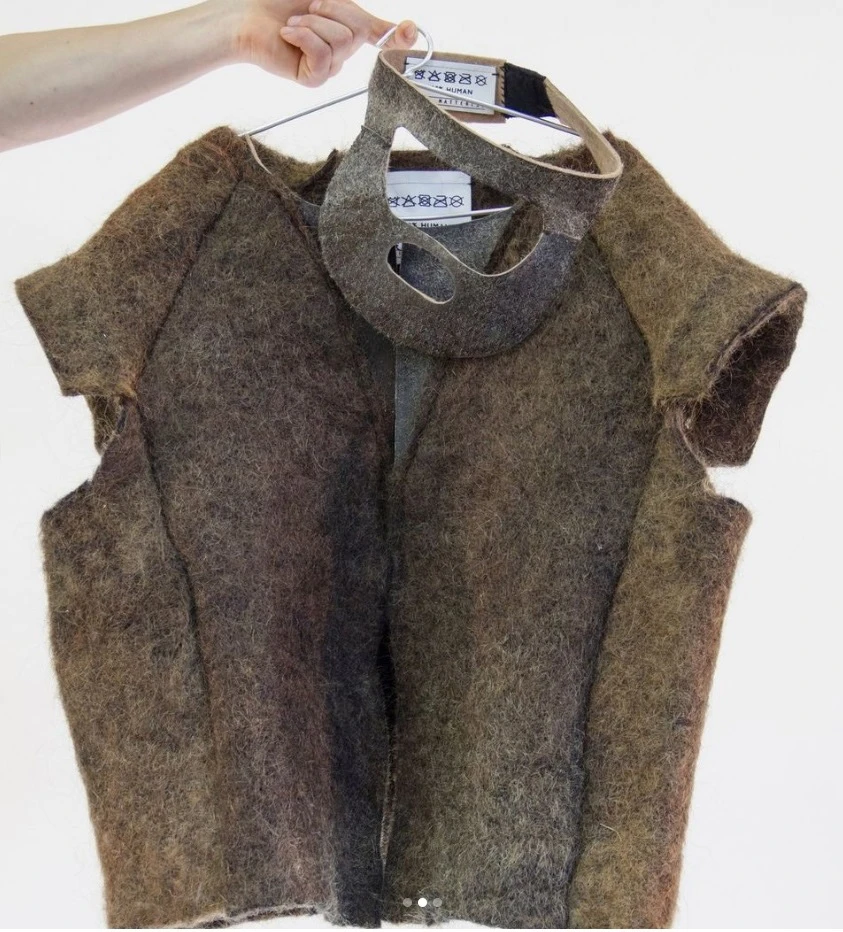
As a material designer based in Amsterdam, the Netherlands, Zsofia Kollar says she has always had a passion for hair. According to her, hair is precious when it is on our heads, but when it is cut off, it becomes something that can make many people feel disgusted. From her passion for hair, Kollar found a way to use it to turn it into clothes. In 2021, she founded a startup called Human Material Loop, which turns hair that is scattered on the floors of barbershops into fabrics for clothes, curtains, carpets and furniture.
The process involves treating the hair with chemicals, cleaning it and changing its color and texture so that it can be spun into yarn. Kollar says the chemicals are environmentally friendly and pose no health risks to humans. The processed hair, she says, can be dyed any color except white and woven into fabric like any other yarn. While some fashion designers have created artistic garments made from human hair, Kollar tries to make her fabrics look as normal as possible.
There are two environmental benefits to weaving with hair, the designer says. First, it keeps hair out of landfills and incinerators, which emit large amounts of greenhouse gases. Second, it avoids the consequences of clearing land to grow cotton, drilling for oil to produce synthetic fibers, or shearing sheep’s wool, which release tons of planet-warming methane. Plus, all of the processing that goes into it is expensive. Human Material Loop’s hair-based fabrics are currently more expensive than wool, cotton, or polyester because it’s a startup that produces fabrics in small batches, Kollar says. But once they reach large-scale production, they can offer very competitive prices.
In addition to the textile industry, companies and nonprofits have recently turned waste hair into fertilizer, used as an oil spill cleaner, or broken it down into essential amino acids for use in beauty products. For the hair textile industry to grow, it will have to collect large amounts of hair, which can be a logistical challenge. In India and Bangladesh, for example, the wig industry and fertilizer manufacturers rely on low-wage workers to sell hair or collect it from hair salons.
According to a report from waste management company Green Circle Salons, 32 tons of hair are thrown away in the US and Canada alone every day.
Ankush Gupta, a chemistry instructor at the Homi Bhabha Center for Science Education in Mumbai, India, said that using recycled hair requires a lot of labor to collect it. Depending on the country, the cost of collecting hair can increase, making it difficult to make a profit. One large-scale hair collection model is Matter of Trust, a nonprofit that runs one of the largest hair collections in the United States. The group collects hundreds of tons of hair each year to create mats to clean up oil stains or fertilize soil. Over the past 25 years, the group has recruited a network of thousands of donors — including barbershops, hair salons, and regular people who collect hair ornaments themselves.
KHANH MINH
Source


![[Photo] Prime Minister Pham Minh Chinh chairs meeting to discuss tax solutions for Vietnam's import and export goods](https://vstatic.vietnam.vn/vietnam/resource/IMAGE/2025/4/10/19b9ed81ca2940b79fb8a0b9ccef539a)

![[Photo] Phuc Tho mulberry season – Sweet fruit from green agriculture](https://vstatic.vietnam.vn/vietnam/resource/IMAGE/2025/4/10/1710a51d63c84a5a92de1b9b4caaf3e5)
![[Photo] Unique folk games at Chuong Village Festival](https://vstatic.vietnam.vn/vietnam/resource/IMAGE/2025/4/10/cff805a06fdd443b9474c017f98075a4)


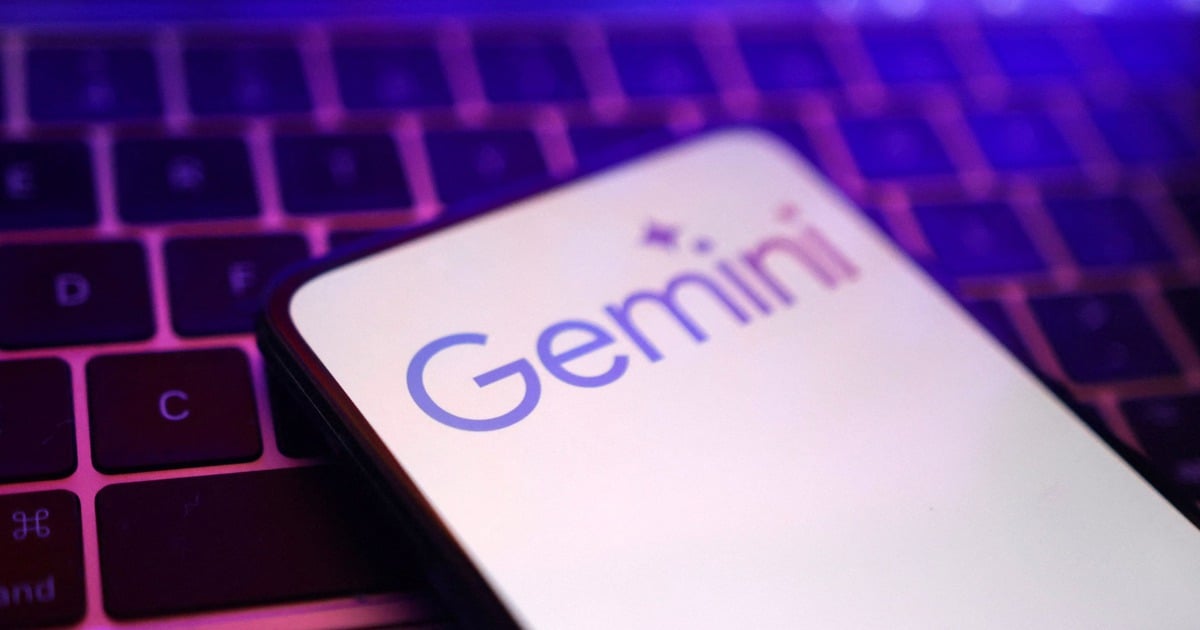




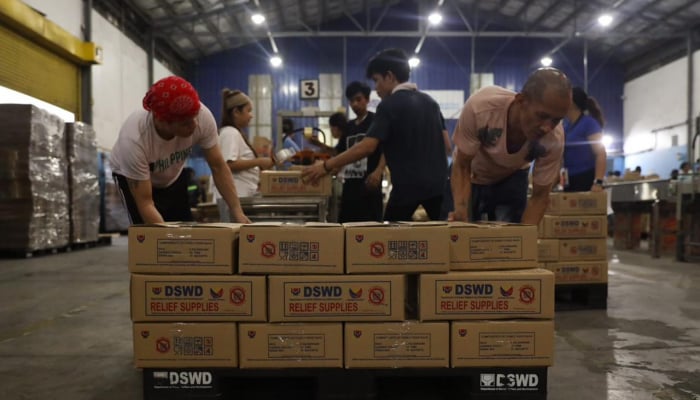



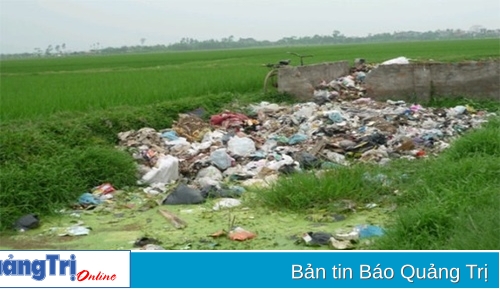










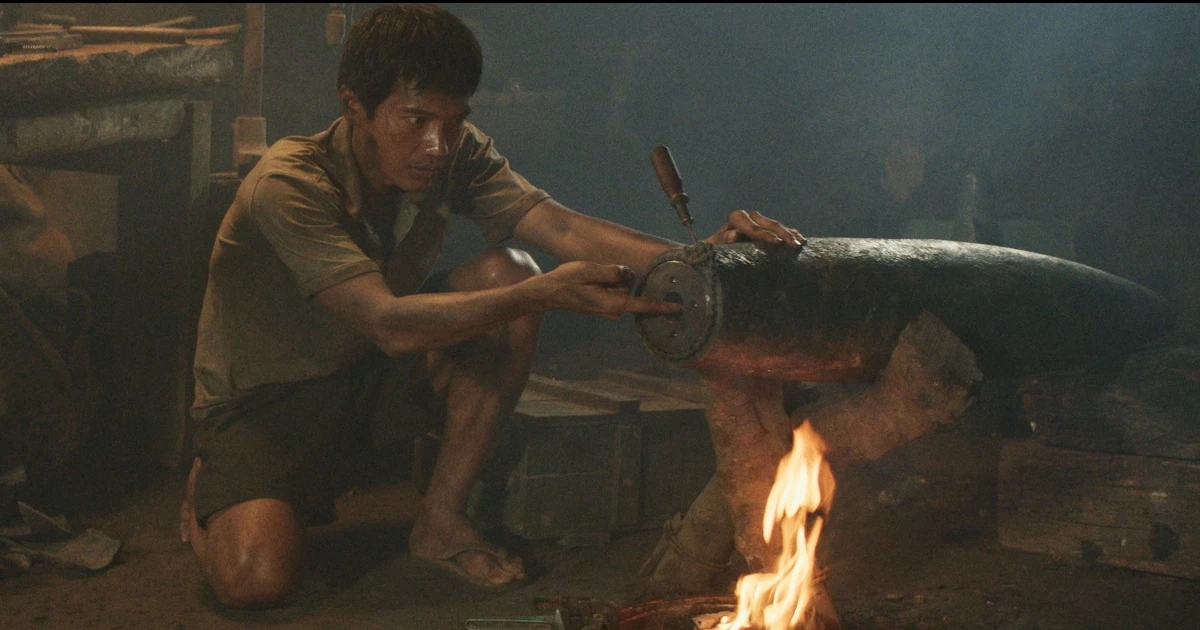




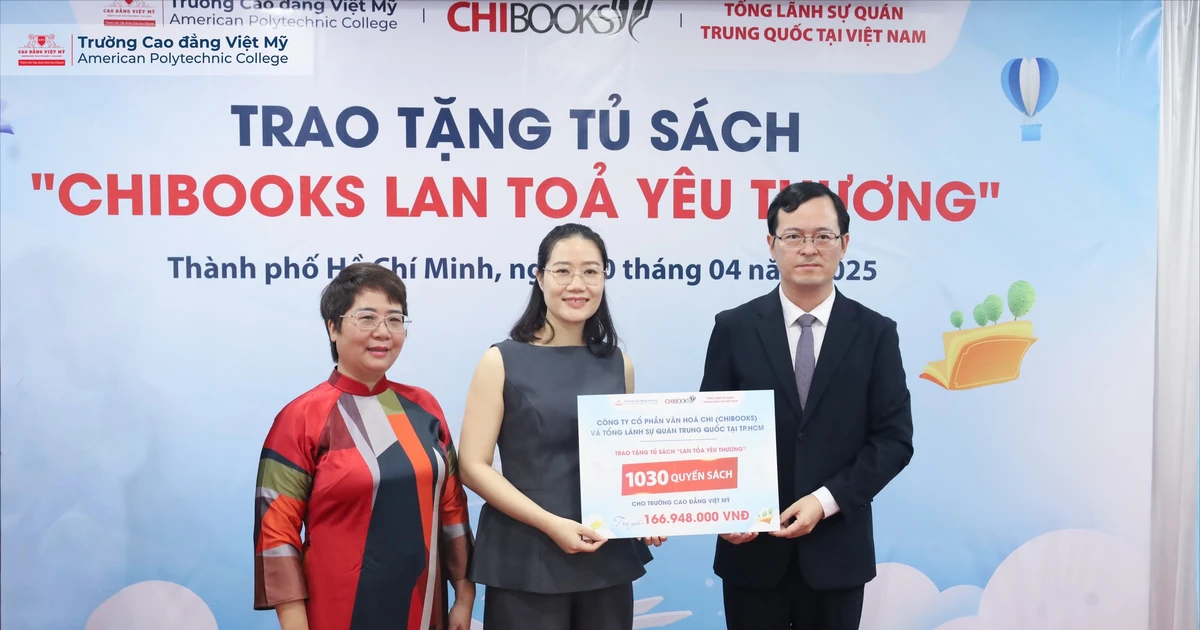











































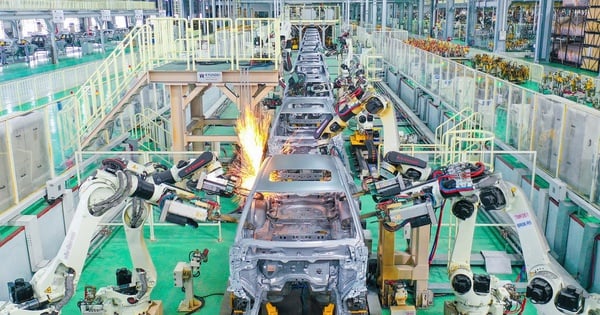



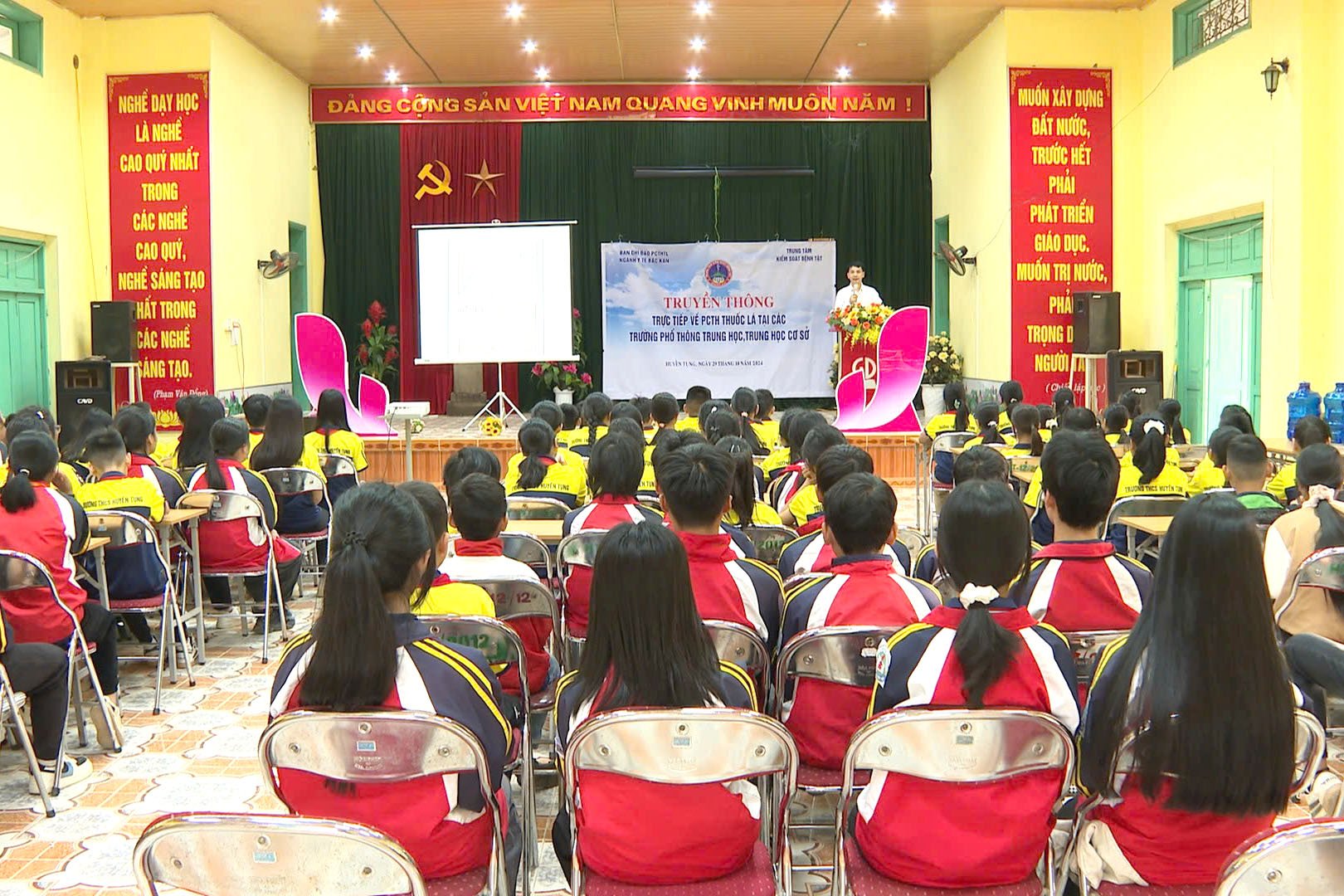
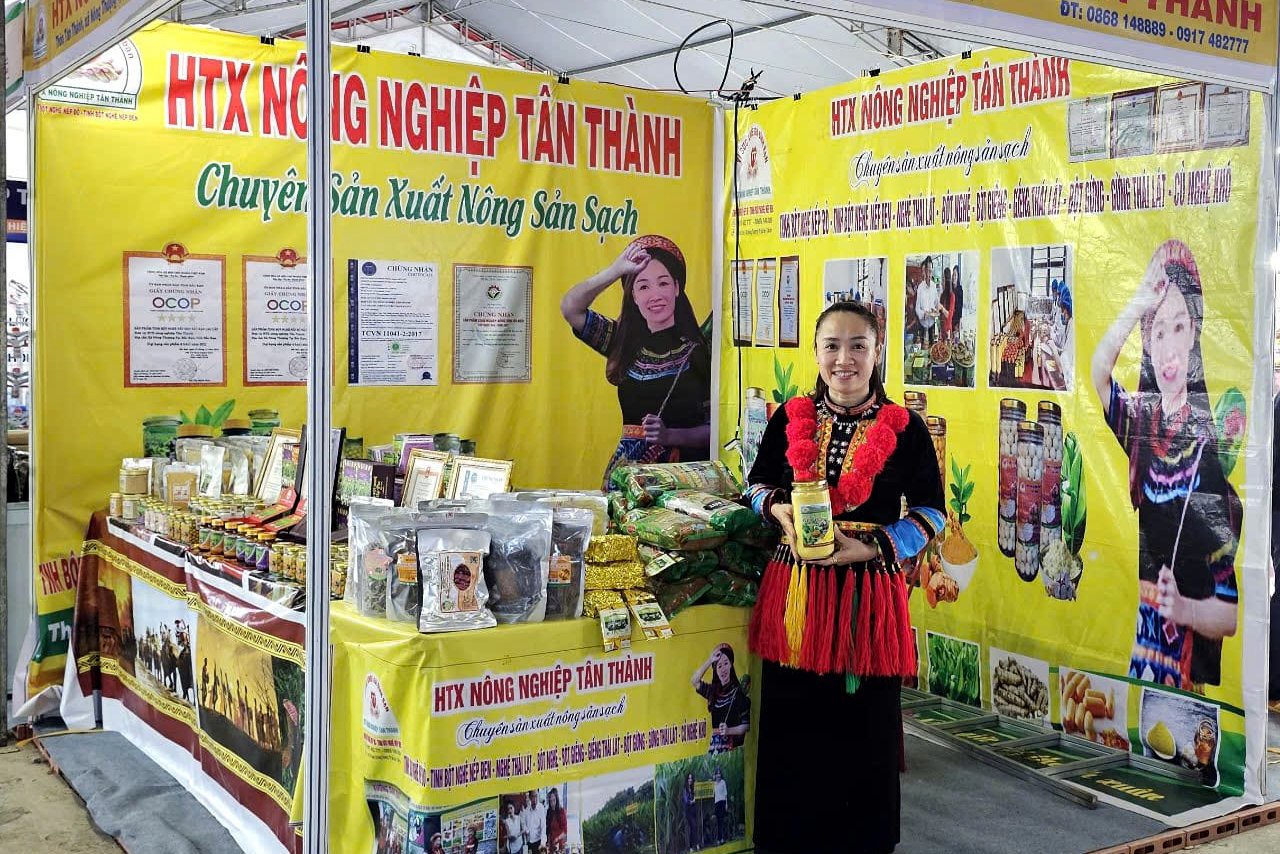

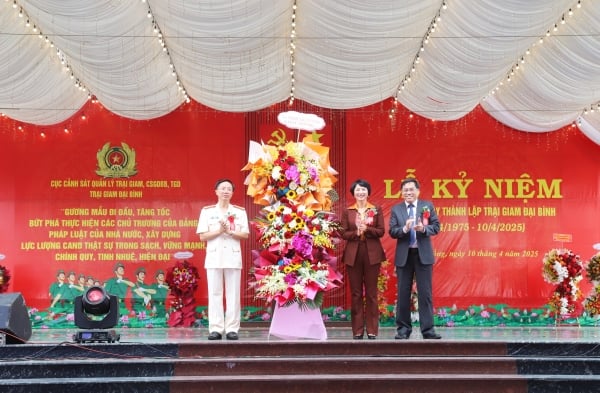







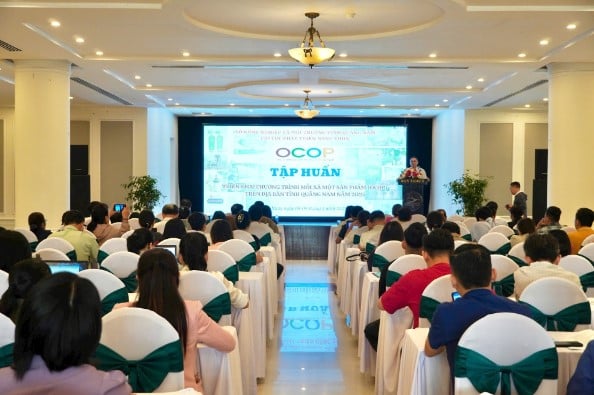

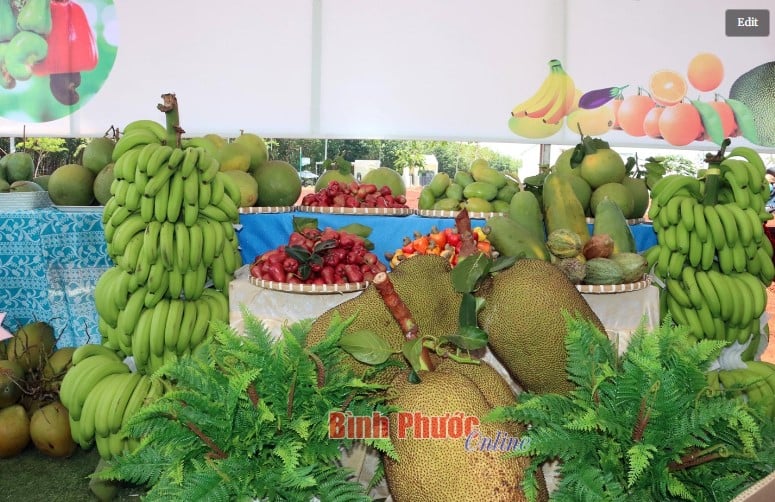
Comment (0)